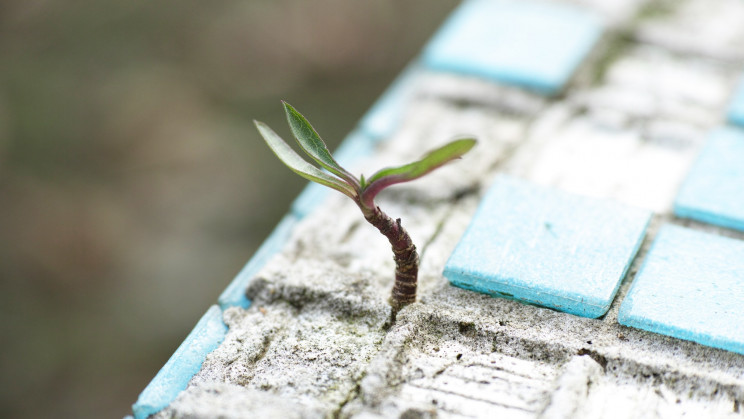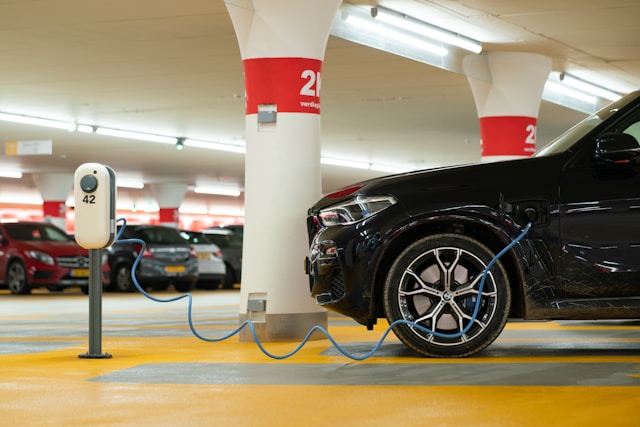Global cement production accounts for 7% of annual greenhouse gas emissions owing to its carbon-intensive production process. According to Environment Protection Agency (EPA), the cement sector is the third-largest industrial source of pollution.
Now, Scientists at the University of Colorado Boulder have figured out a way to stop this cement-driven carbon emission. They have discovered a unique carbon-neutral technique that replaces traditional cement with their new microalgae-based biogenic cement.
In place of making the process of cement production carbon-neutral, it will make it carbon negative
Production of traditional cement involves the extraction of limestone from large quarries and then burning at high temperatures. This procedure releases huge amounts of carbon dioxide. But in this study, researchers used biologically grown limestone, which naturally produces limestone particles through photosynthesis. As a result, these buildings could be turned into carbon sinks.
Lead researcher and CU Boulder Professor Wil Srubar said, “For the industry, now is the time to solve this very wicked problem. We believe that we have one of the best solutions, if not the best solution, for the cement and concrete industry to address its carbon problem,”
For this remarkable job, the team has been rewarded with a $3.2 million grant from the U.S. Department of Energy (DOE).





